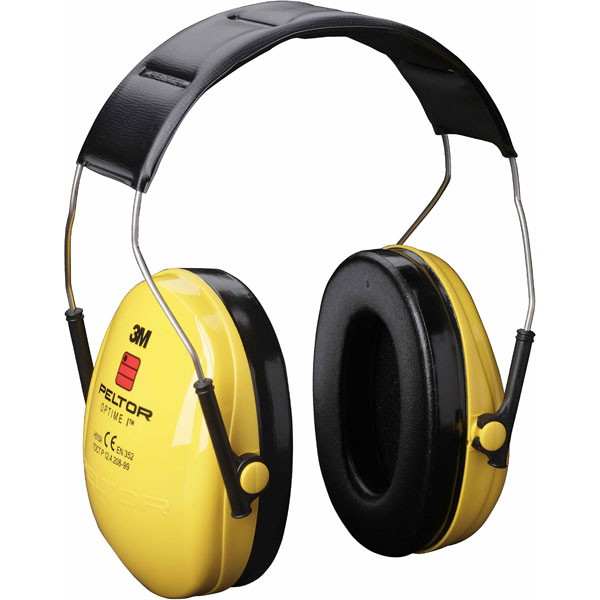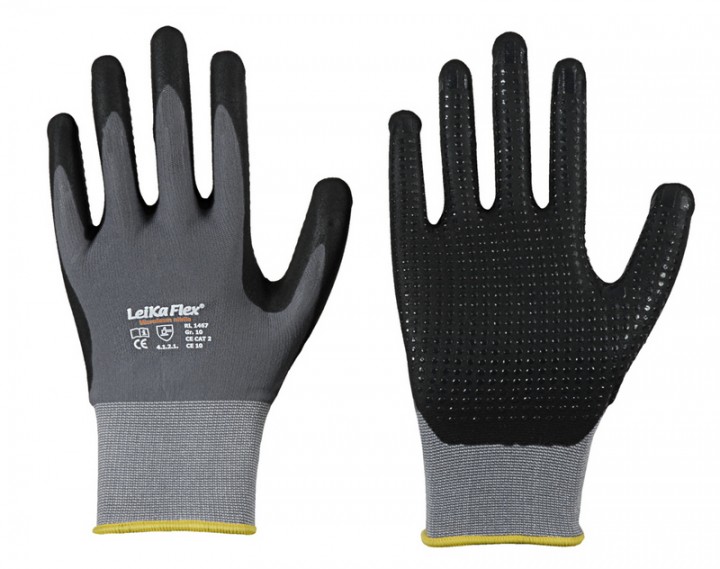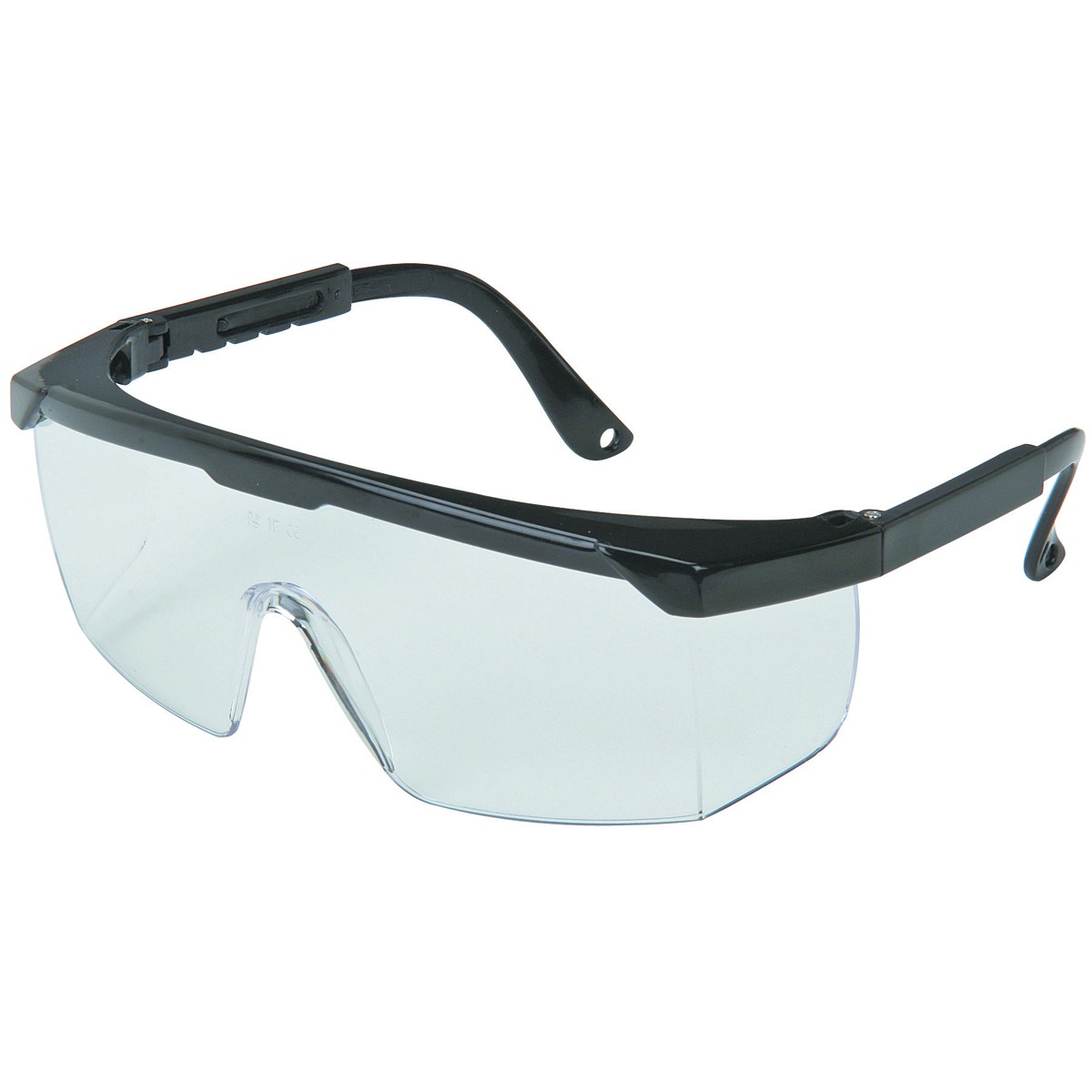How to cut aluminium? If you’re interested in do-it-yourself projects, it’s very likely that you have a wealth of power tools and equipment. Some jobs, however, can prove difficult, even for those in possession of all the right equipment. One such job is cutting aluminum. Read the following article to learn how to cut aluminum in the safest and most practical way.
Always remember that aluminum dust is both toxic and combustible. This is rarely an issue with the proper safety measures, but this is why those same safety measures are so important. For big projects, you should have a respirator or potentially a full-face shield. You should have, at minimum:
- Respirator
- Safety Goggles without color
- Gloves



Use a aluminium-cutting saw with carbide tipped blades to cut most aluminum. If possible, choose saw blades that create narrow kerfs. This is possible because aluminum does not tend to close up as you cut it.
- If you’re unsure about what lubricant will suit your job best, consult with other experienced craftsmen or people that work at your local hardware store.
Apply cutting lubricants on your blades or bits. This can range from standard oil to saw wax. Because you’ll be cutting metal on metal, you want to lubricate it to prevent some sparks and slippage.
Reduce the diameter of cutting blade for better results. The cutting speed used for wood is generally going to be too fast to safely cut aluminum. Using a 10 inch (25.4 cm) table saw, for example, you can reduce the blade to 7 1/4 inch (18.4 cm). This will subsequently slow your cutting speed.
- If it’s not possible to alter blade sizes, consider purchasing equipment with a variable speed router. The equipment will be more expensive, but it will be easy and intuitive to lower the speed to something more appropriate to aluminum.
Feed the aluminum through the blade (or the blade through the aluminum) slowly. Again, you want to work more slowly than you would with wood. Steady, even pressure is the safest way to go.
- Remain clear from the kickback zone when cutting. This is usually directly behind the saw. Kickback is when recently cut pieces are thrown clear by the power of the saw used.
- Alternately, you can use a bridge to secure your saw and reduce kickback.
- Adjust the blade depth so the blade doesn’t protrude any more than 1/4 inch (.62 cm) through the metal if you’re having issues. The closer the cut, the better.
